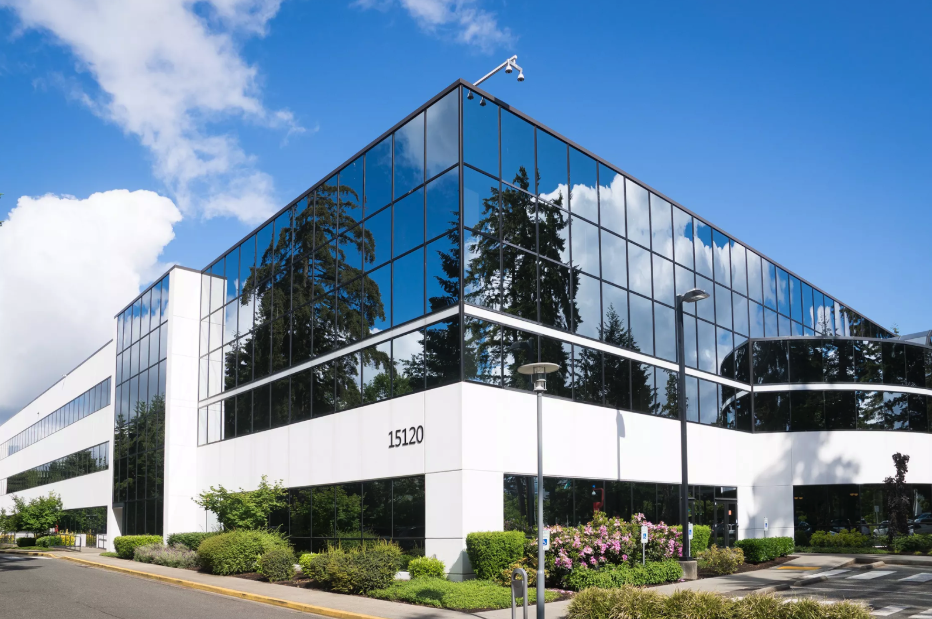Why You Should Build an Energy Saving
Building
There are several reasons why you should build an energy saving building, and it will save you
money in the long run. These buildings are generally more comfortable and are more energy
efficient than standard buildings กระจก one way. Here are some examples. You might also be interested in
refurbished buildings. You can find more information on this subject on the Internet. However,
there are some basic things you should consider before you build an energy saving building.
Hopefully, this article has given you some food for thought.

The first and most basic consideration is to consider the environmental impact of a building.
While there is a strong link between carbon footprint and energy use กระจกประหยัดพลังงาน, it is important to consider
the benefits of energy efficiency in buildings. Using an energy efficiency building can reduce your
utility costs, which is what many tenants are looking for. In addition to cost savings, energy
efficiency is also a good investment for your business. After all, everyone wants to be more
money-efficient.
As the demand for comfortable and environmentally friendly living grows, so does the need for
energy efficient buildings. The current global warming crisis has made building energy
conservation a priority, but misunderstandings and prejudices can prevent the project from
moving forward. To overcome these obstacles, this paper provides an in-depth analysis of the
thermal comfort of buildings. Thermal comfort is the most obvious factor affecting energy use,
but heat transfer coefficient is also an important consideration. Furthermore, energy-efficient
building design is important to adjust the structure of the economy.

The U.S. Energy Information Administration has compiled statistics on energy use in commercial
buildings and the role of lighting. More people are using LED technology and lowering energy
consumption. In addition to light bulbs, other elements of an energy saving building design
include water efficiency. Some buildings can be certified with LEED by meeting certain
prerequisites. There are also additional credits that can be earned, such as ‘Hot Water
Distribution’. The goal of this credit is to reduce energy consumption, ease the burden on the
water supply, and improve the efficiency of hot water distribution.
Buildings with energy-efficient features need to use green building materials. Many of these
materials are highly heat-resistant, which helps minimize energy consumption. The outer walls of
buildings constructed with green building materials typically contain 60% of the materials. Green
building materials have an obvious energy-saving effect, and they also have a light weight. The
following graph shows how the energy savings of each material can impact the building’s energy
consumption. Once you’ve mastered the principles of building energy efficiency, you’ll be on
your way to creating an energy-saving building.
The study relies on international comparisons and the main intentions of government energy
policies. It offers two projections for future energy demand. The upper projection shows the
energy needs of countries and individual dwellings, while the lower projection indicates the
complete set of modest conservation measures. This makes it easier for people to decide what
they need to change. In general, energy efficiency in buildings is cheaper than in traditional
buildings and you can offset the initial capital cost of installing it.
